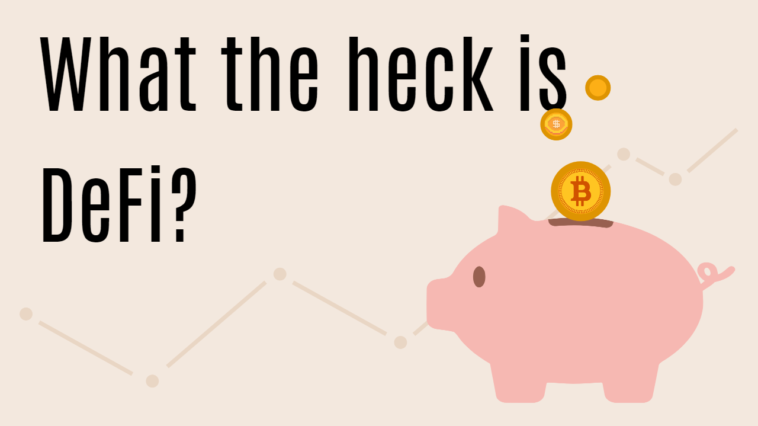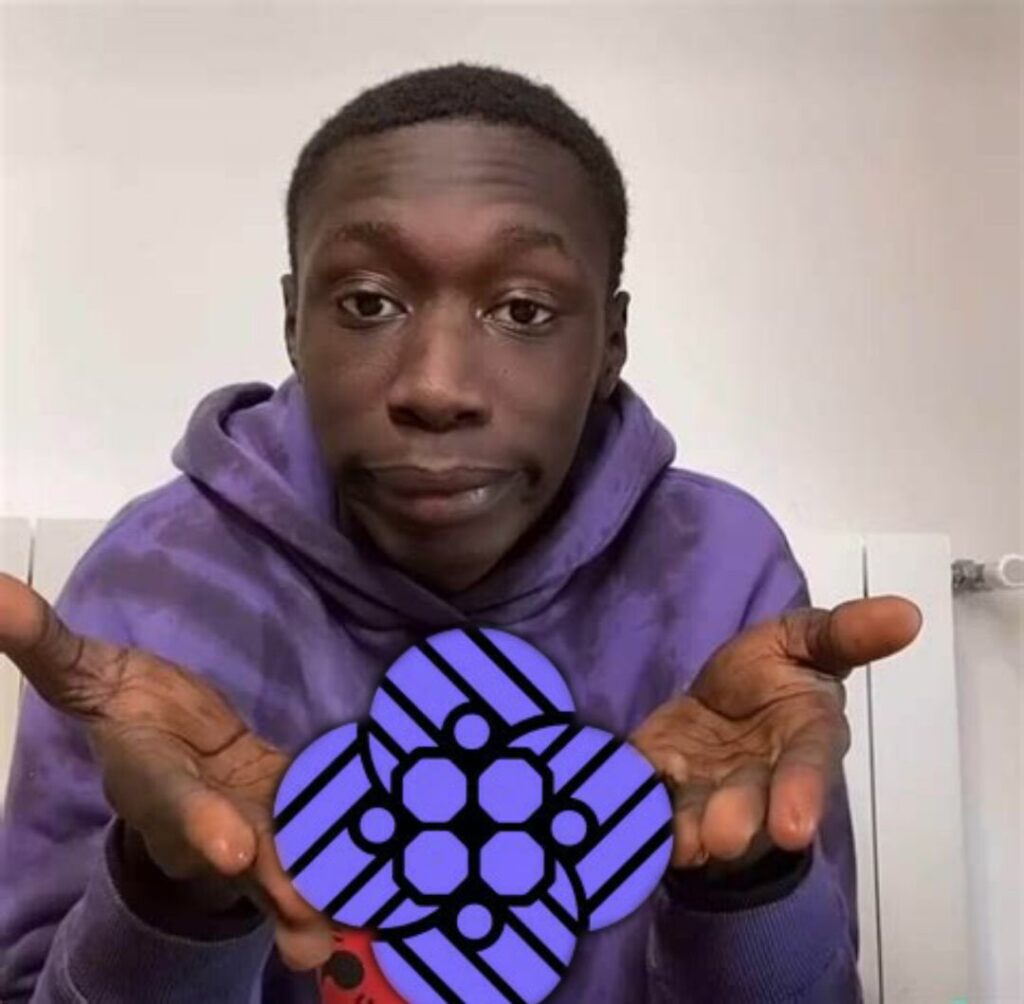Perhaps you’ve seen the videos of congresswoman Elizabeth Warren calling out defi as “One of the shadiest parts” of crypto, or the guy on Youtube who promises you he’s making $500 per day lending out his stablecoins, or the maybe the guru who tells you that his project is offering 200,000% APY.
At some point you’ve probably scratched your head and thought “How can any of that even be possible?”
Fear not, because we’ve done our homework to help you make an informed decision on how to partake in this emerging trend.
Contents
#1 The Old World of Centralized Finance
Our current financial system is very centralized. In our current system, government and banks control the flow of money. They can choose to print more of it if they choose to(causing a lot of the inflation we are seeing this year) or decide who's eligible for a loan.
Without getting to preachy, the large institutions and governments seem to have stricter policing on the guy looking to get a car loan, than to the banks lending each other billions of dollars... and we all saw how that ended in 2008.
That being said, we know that laws and regulations exist in our centralized system to prevent money laundering and there are safeguards in place meant to protect consumers or banks from the risk of a bank run.
There's pros and cons to our current system. The opposition exists as decentralized finance: A dream for libertarians and a nightmare to regulators.
#2 Decentralized Lending
You may have heard of decentralized lending, or Defi lending in the crypto-space.
Decentralized Lending exists as a way to allow people to transact peer-to-peer without the intermediaries or arbitrary limitations of our banking system. For example, one of the common ways that DeFi is used today is through lending. If Person A wants to lend their Dogecoin to Person B, Person B would need to over-collateralize a token and put it into an escrow and Person A would be paid interest in locking up their tokens to provide a loan to Person B. This process is facilitated through a smart-contract, which is simply a piece of code.
Perhaps more simply explained:
Say you needed some Bitcoin or USD temporarily to pay some bills that are due before your next paycheck comes and you have a sizeable amount of Dogecoin sitting in your wallet.
You may not want to liquidate your precious Doge because you feel a pump coming and don't want to miss out. Additionally, you don't want to pay capital gains tax just to cover some bills, only to then re-enter into Doge once you got paid.
Using Defi lending, you can take a loan out for Bitcoin (as many vendors accept Bitcoin for bills), or even old fashioned USD, using your Dogecoin as collateral. If you don't pay back the USD loan by the agreed upon time, the lender takes possession of your Dogecoins via a smart contract.
Decentralized lending works in a trustless manners and ensures safety among both counterparties. It removes the credit requirement preventing a lot of people from participating in our financial system and ensures fairness.
#3 Decentralized Exchanges
A decentralized exchange (or DEX) is a peer-to-peer exchange that allows parties to transact without an intermediary. Basically, you can trade coins directly with the other party without a middleman (E.g. Coinbase) getting all up in your business. Without a middleman, exchanges are free to list any coin and if there is a demand, someone will supply.
One of the most popular exchanges in the U.S, Coinbase, only has 32 currencies that you can buy or sell. This is in stark contrast to Uniswap or other decentralized exchanges which offer a plethora of different pairs. This is because of the stringent regulation placed on centralized exchanges, which Defi exchanges do not have.
But with so many different coins and pairs to trade from, how could liquidity exist? Well, a solution was developed where instead of traditional liquidity which required a direct counterparty, immutable code would adjust rates to incentivize lenders to provide liquidity based on a complex algorithm which tries to determine the value of an asset based on its value compared to other assets and act as an automatic market maker.
#4 Decentralized Insurance TLDR
Lending isn't the only use case for the Defi space, although currently it is the most popular. There's Defi Insurance.
In traditional insurance, customers are screened based on a set of parameters to determine risk. For example, younger drivers pay more than older drivers, males more than females, etc. In decentralized insurance, the insure provider is--you guessed it--code! In DeFi, the code governs the rules which determine rate increases and because of that, the cost to insure is often much less than traditional insurance due to the non-existent cost of manpower and labor.
#5 Decentralized Margin
In traditional margin trading, investors can utilize additional leverage using what is known as "margin". It's like borrowing money from your stock broker to buy a larger position in a stock - bigger gains, but quicker losses.
Margin rates vary depending on the exchange and the requirements can differ based on the volatility of an asset. In DeFi, margin rates can vary but are often less than the rates of traditional finance. It's available to everyone and contrary to popular belief, can be a lot safer than traditional finance!











Comments
Loading…